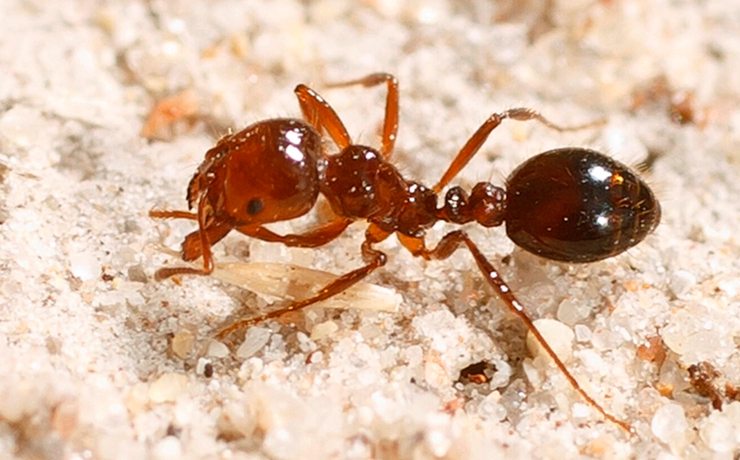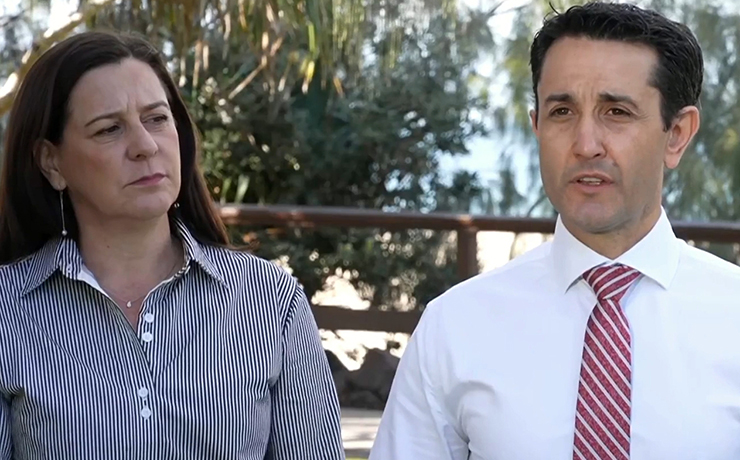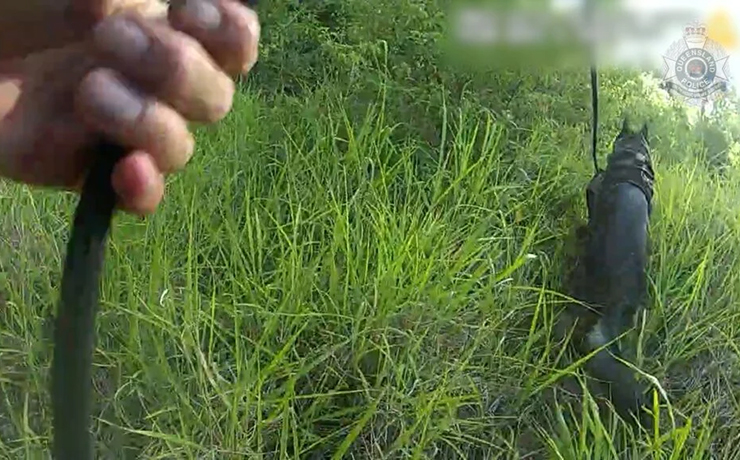
March 4, 2024
AgForce has urged a ramping up of fire ant eradication methods, including the use of different baits to combat the invasive pest.
AgForce spokesperson Belinda Callanan said there were rising concerns the wrong bait was being used when other more direct and fast-working alternatives were available.
“Numbers in the suppression zone are growing,” Ms Callanan said.
“Evidence for this includes an ant randomly turning up in a mail parcel and fire ant rafts on floodwaters indicating high-population density.
“Eradication teams need to remain active in the suppression zone, combined with work undertaken by councils, businesses, schools, sporting groups and private landholders.
“The suppression zone is the beating heart of Red Imported Fire Ants (RIFA) in Queensland. To eradicate RIFA we need to strike at the heart.”
Ms Callanan said it was crucial that State jurisdictional control was removed to improve the eradication of fire ants, rather than being caught up in wrangling over which governmental body was responsible.
“The species is well-established in the zone,” she said.
“There are a mix of landscapes including high density urban, peri-urban and rural. That creates communication difficulties and the need to get co-operation from a large number of very diverse people.
“We are dealing with a small flying insect that is highly invasive and at times, goes underground so it’s hard to detect. It can be moved around by people or by wind and water.”
AgForce Biosecurity committee member Ken Cunliffe said the longer action was delayed, the more likely fire ants would become entrenched.
He said short-term staffing issues meant retention of skills and knowledge was “near impossible”.
“Staff should not be employed on a short-term basis, and mechanisms are needed to promote deserving front-line staff to higher managerial or co-ordination positions to ensure that their learned on-ground knowledge is incorporated into decision-making,” Mr Cunliffe said.
Related articles:






















